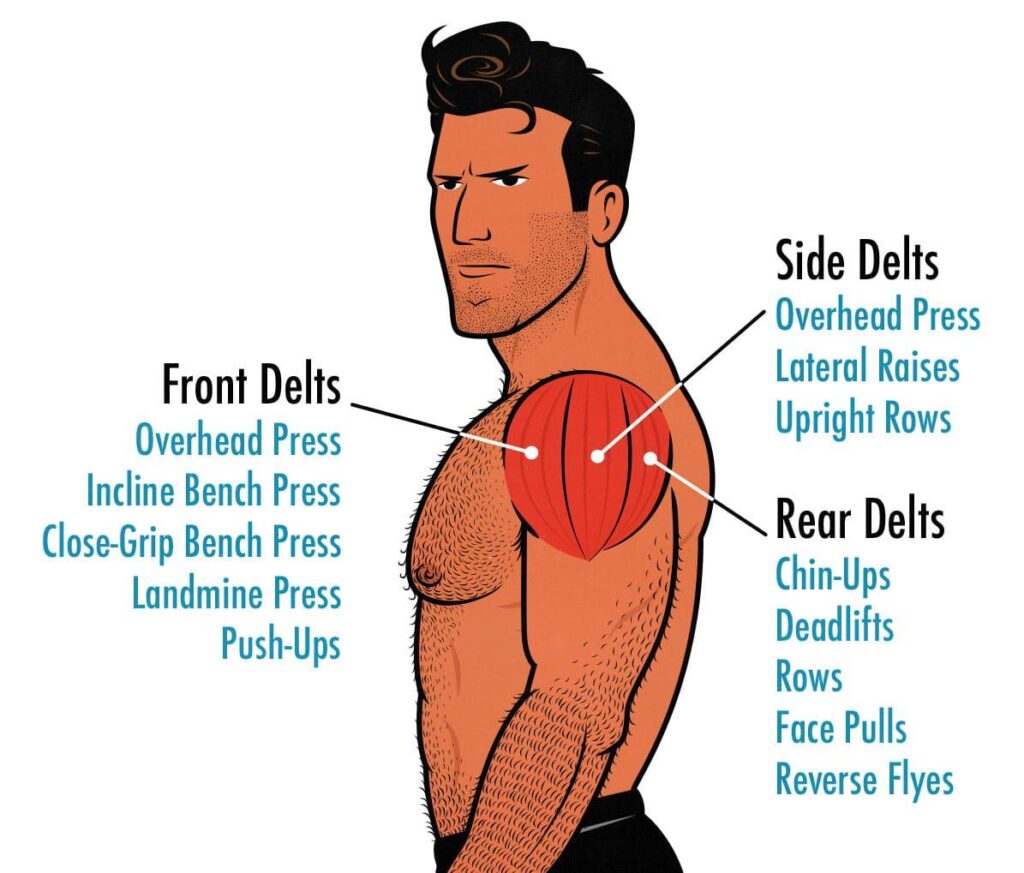In the world of golf, where precision and rhythm often determine success, a new technique is capturing the attention of both amateurs and professionals alike. Dubbed “Feel Your Shoulders Rock and Watch the Putts Drop,” this method emphasizes a subtle shoulder movement to enhance putting accuracy. As players seek every advantage on the green, coaches and experts are increasingly advocating for this approach, citing its potential to revolutionize putting performance. This article explores the origins of the technique, expert insights, and the impact it’s having on the game today.
Mastering Shoulder Movement to Improve Stability and Control on the Green
Achieving precision on the green isn’t just about wrist flicks or eye focus; it’s the subtle orchestration of shoulder movement that truly directs the putt’s destiny. By honing the natural rocking motion of your shoulders, you transform your stroke into a fluid, pendulum-like action, reducing unwanted wrist deviations and enhancing control. Golf professionals emphasize the importance of keeping the shoulders as the main driver of the putter’s swing arc, allowing your arms and hands to follow seamlessly. Incorporating drills that isolate shoulder rotation, such as the “shadow putt” with no ball or using alignment rods to guide your movement, can embed muscle memory that translates into steadier, more confident putting.
- Maintain a relaxed grip: Enables smoother shoulder rotation without tension.
- Focus on a consistent tempo: Let the shoulders dictate the pace, keeping the stroke rhythmic.
- Control the backswing length: Ensures repeatable movements and predictable distances.
Integrating controlled shoulder movement into your putting routine not only refines your stroke but also enhances green reading by fostering better balance and spatial awareness. This dynamic translates into improved stability, as the shoulders anchor your stance and reduce extraneous body movement. Below is a quick comparison table highlighting the key differences between common putting faults versus shoulder-focused techniques:
| Common Fault | Shoulder-Based Solution | Result |
|---|---|---|
| Wrist flicks causing inconsistent strike | Dominant shoulder rocking motion | Consistent ball contact and direction |
| Tension in arms and hands | Relaxed upper body with firm shoulder drive | Fluid stroke with increased feel |
| Unsteady body balance | Stable shoulders and engaged core | Improved overall stance and control |
Techniques to Synchronize Rocking Shoulders with Putting Timing for Consistent Accuracy
Mastering the subtle rhythm of your shoulders during a putt is a game-changer for consistent performance on the green. Begin by focusing on a gentle, controlled rocking motion that naturally aligns with your stroke’s tempo. This physical awareness allows the shoulders to guide the putterhead smoothly back and forth, eliminating jerky movements that often sabotage accuracy. To hone this synchronization, incorporate breathing cues-inhale on the backswing, exhale through the follow-through-anchoring your body’s natural rhythm to the timing of your stroke. This technique not only improves feel but also helps calm pre-putt nerves, giving your stroke a reliable and repeatable pattern.
Key drills to refine timing and shoulder rocking include:
- Practicing putts with eyes closed to emphasize shoulder motion over visual cues
- Using metronome apps set to your optimal stroke tempo
- Recording your stroke to analyze and adjust shoulder movement fluidity
| Drill | Focus Area | Benefit |
|---|---|---|
| Eyes Closed Putting | Shoulder Rhythm | Enhances tactile feedback |
| Metronome Timing | Stroke Tempo | Builds consistent pace |
| Video Analysis | Movement Fluidity | Identifies timing flaws |
Future Outlook
In the world of golf, where precision meets patience, the simple act of feeling your shoulders rock can transform your putting game. By embracing this subtle yet powerful motion, players gain greater control and consistency, turning tentative strokes into confident drops. As the season progresses, golfers at all levels are encouraged to incorporate this technique, proving once again that sometimes, the smallest adjustments make the biggest difference on the green. Stay tuned for more insights and tips to help you lower your scores and enjoy the game even more.








